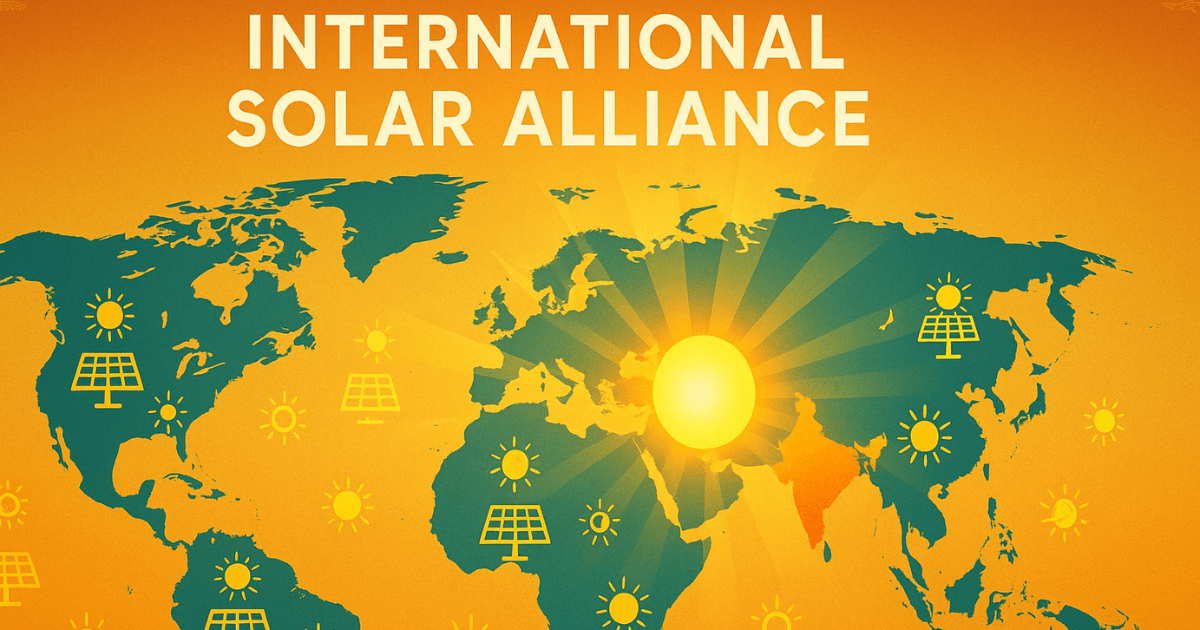
International Solar Alliance: A Global Movement Towards Sustainable Solar Energy
In the face of rising climate change and energy crises, the world needed a bold initiative—one that could harness the power of the sun for a cleaner, greener tomorrow. That is exactly what happened when, in 2015 during the COP21 summit in Paris, India and France jointly launched the International Solar Alliance (ISA). This global coalition has since become vital in putting solar energy to the forefront of the world’s evolution toward sustainable development.
What is the International Solar Alliance?
The International Solar Alliance (ISA) is an intergovernmental treaty-based organization that aims to promote solar power and scale up its deployment across tropical countries lying between the Tropics of Cancer and Capricorn. Most of the year, these regions bask in sunlight and are perfect for solar power projects.

Headquartered in Gurugram, Delhi NCR, India, the ISA now boasts more than 120 member countries, many of which are developing nations with high solar potential but limited resources. By uniting these countries under one umbrella, ISA seeks to bridge technology gaps, encourage investment, and facilitate knowledge sharing for a solar-powered future.
The Founding Vision: India and France’s Joint Initiative
The brainchild of Indian Prime Minister Narendra Modi and French President François Hollande, the ISA was officially announced on November 30, 2015, at the UN Climate Change Conference in Paris. Renewable Energy is a priority for sustainable energy, and these projects are really useful for powering such greenhouses.
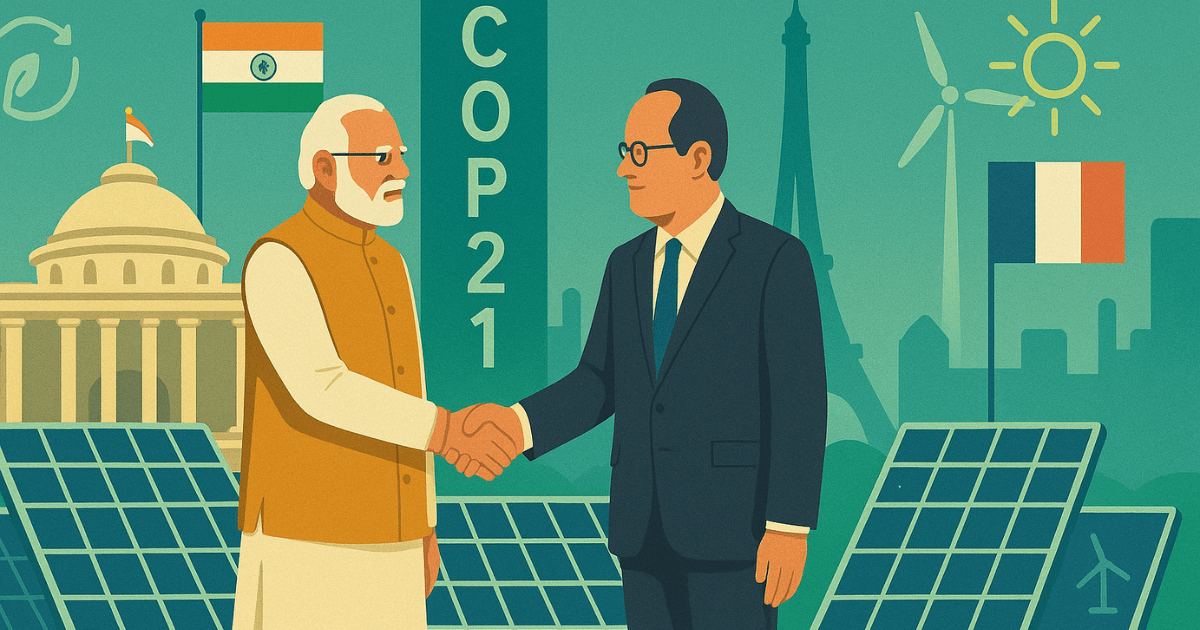
This started from India’s growing need for renewable energy resources with solar energy forming the crux of India’s energy strategy as a national initiative against dependence on fossil fuels and a more sustainable energy mix.
Objectives of ISA: More Than Just Solar Panels
While the core mission of ISA is to promote solar energy solutions, its objectives extend beyond technology:
- Mobilizing $1 trillion in investments by 2030 for solar energy projects.
- Facilitating solar applications in areas like agriculture, lighting, and infrastructure.
- Creating a platform for policy dialogue among member nations.
- Developing standards, best practices, and a solar marketplace.
- Promoting solar training and capacity building through skill development programs.
This can be shown through some of its ASP’s characteristics, namely empty and seasonal tourist settlements of the Sahel and the effects that climate and all other sustainable alternatives have on tourism’s activity in Asia.
Global Impact: Driving the Solar Revolution
Since its inception, ISA has undertaken several notable initiatives:
- Affordable Solar Power for All: By encouraging bulk procurement and lowering the cost of solar products.
- Solar Mini Grids: Especially in remote and off-grid areas, enabling access to power where traditional electricity hasn’t reached.
- Solar Pumps for Farmers: Promoting clean irrigation alternatives in Africa and Asia.
- Solar E-Mobility Projects: Supporting countries to shift public transportation towards clean energy.
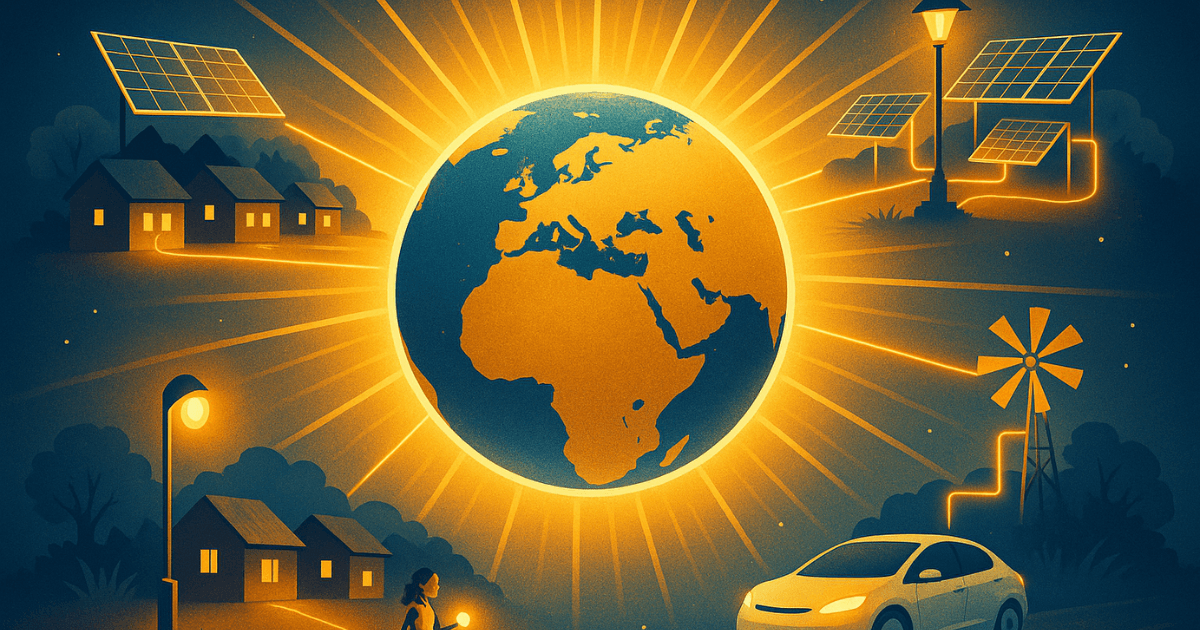 These actions are not only reducing carbon emissions but are also improving energy security, creating jobs, and advancing public health by minimizing air pollution.
These actions are not only reducing carbon emissions but are also improving energy security, creating jobs, and advancing public health by minimizing air pollution.
India’s Leading Role in the ISA Movement
India has emerged as a global leader in solar energy adoption. The country has crossed over 70 GW of installed solar capacity as of 2025 and is aiming for 280 GW by 2030. Through initiatives like PM-KUSUM, Solar Rooftop Program, and Green Energy Corridors, India is integrating solar energy into its mainstream infrastructure.
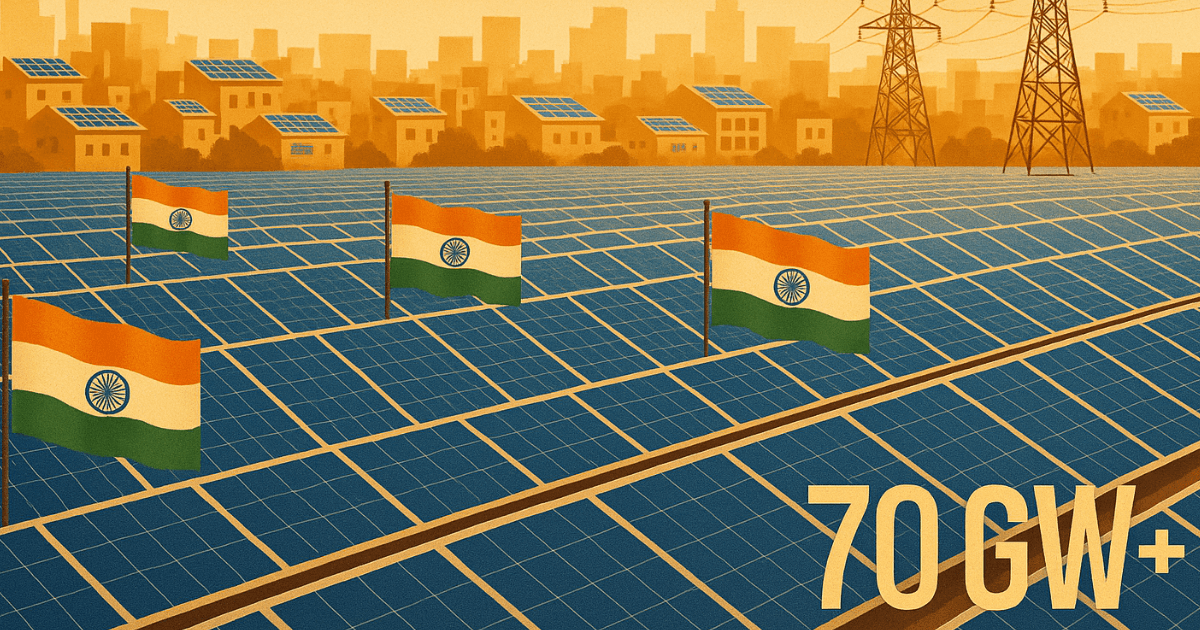
India’s efforts in the ISA go beyond administrative hosting. Development is actively funding pilot projects, providing technical assistance, and facilitating training and research and development capabilities for other member countries whilst strengthening the global solar community.
Private Sector Participation: A Key to Solar Success
The private sector plays a crucial role in accelerating solar growth. This includes startups, solar EPC firms, research organizations, and renewable solution providers.
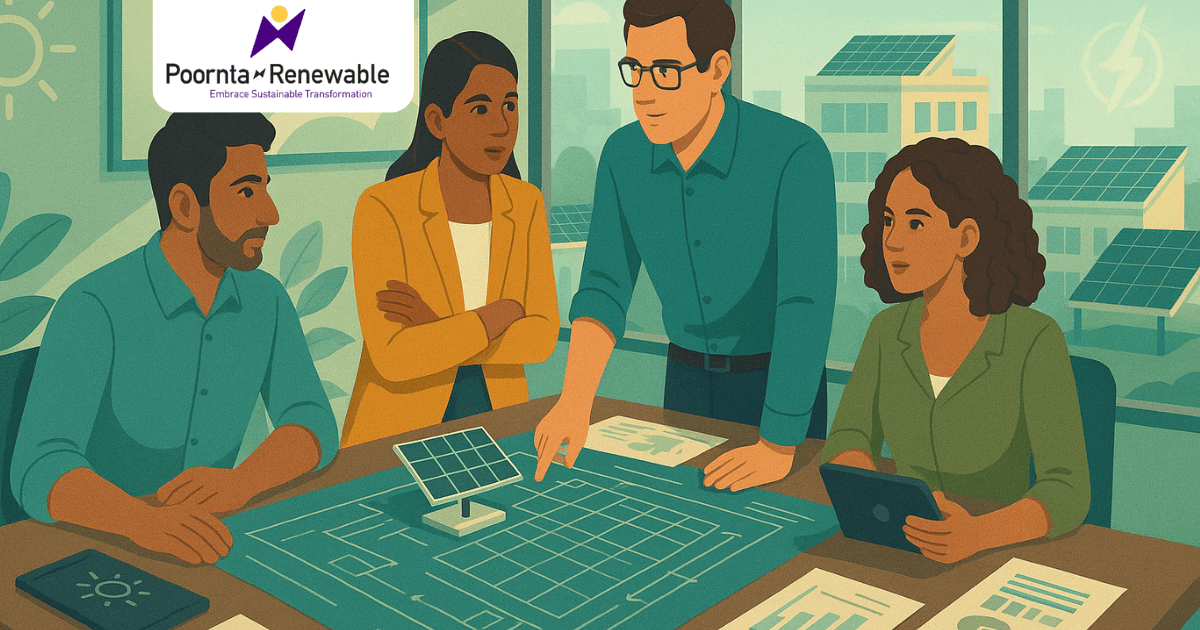
One such impactful contributor is Poornta X Renewable, a forward-thinking solar panel company based in India. Committed to empowering homes, businesses, and industries with clean solar energy solutions.
The Road Ahead: Challenges and Opportunities
Despite ISA’s strong foundation, several challenges lie ahead:
- Limited access to financing in developing countries.
- Need for grid modernization to accommodate variable solar supply.
- Lack of local manufacturing capacity in some member countries.
- Need for consistent policy support.
However, opportunities are equally immense:
- Solar battery storage is advancing rapidly, improving reliability.
- Green financing is becoming mainstream, backed by global investors.
- Technological innovations are reducing costs and improving efficiency.
- Youth participation in solar entrepreneurship is rising.
As solar technologies get matured and greater partnerships are being forged, ISA stands ready to be the backbone of a sustainable, solar-powered future.
Conclusion: One Sun, One World, One Grid
The International Solar Alliance is more than a treaty—it’s a symbol of hope, unity, and collective action in the fight against climate change. With over 120 nations coming together under the sun, the ISA showcases what global cooperation can achieve.
As the world marches towards net-zero emissions, solar energy stands out as a renewable, sustainable, and accessible solution for all. With India’s leadership and strong private sector partners.







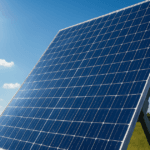
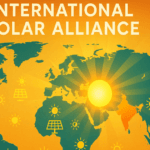

3 Comments
Aman
July 9, 2025Nice 👍👍
Priyanshu
July 9, 2025Clean energy clear savings- that’s the power of solar
Pankaj Bisht
July 9, 2025High electricity bills? Solar is the long term solution your wallet will love